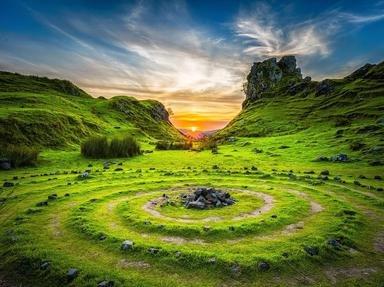Quiz Answer Key and Fun Facts
1. Which American President was Supreme Commander of the Allied Forces during World War II?
2. Which Soviet leader led his country throughout World War II and beyond? (He died in 1953).
3. Winston Churchill led Britain as head of a coalition government throughout World War II, but he lost the election called after the war. Who defeated him and became Prime Minister?
4. Emperor Hirohito led which country from 1926 until his death in 1989?
5. Which emperor conquered much of western Europe and is credited with the Carolingian Renaissance?
6. Who became Prime Minister of South Africa in September 1939 and promptly declared war on Germany?
7. Norway remained neutral during World War I. Who was King during this period?
8. The Spanish Civil War took place just before World War II. Who assumed control of the country in 1939?
9. At the end of the English Civil War Oliver Cromwell became Lord Protector of the Commonwealth of England. Which King did he defeat?
10. Hailie Selassie was Emperor of which country from 1930 to 1974?
Source: Author
Christinap
This quiz was reviewed by FunTrivia editor
bloomsby before going online.
Any errors found in FunTrivia content are routinely corrected through our feedback system.


